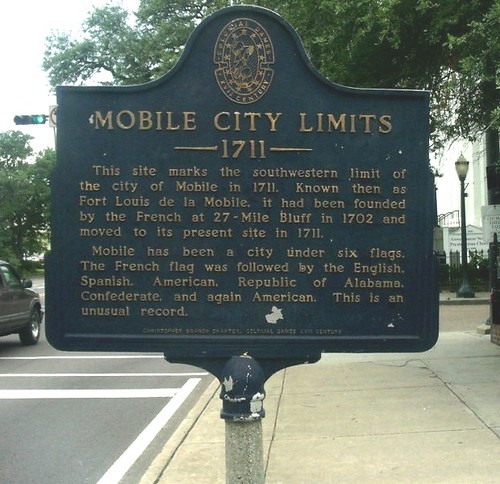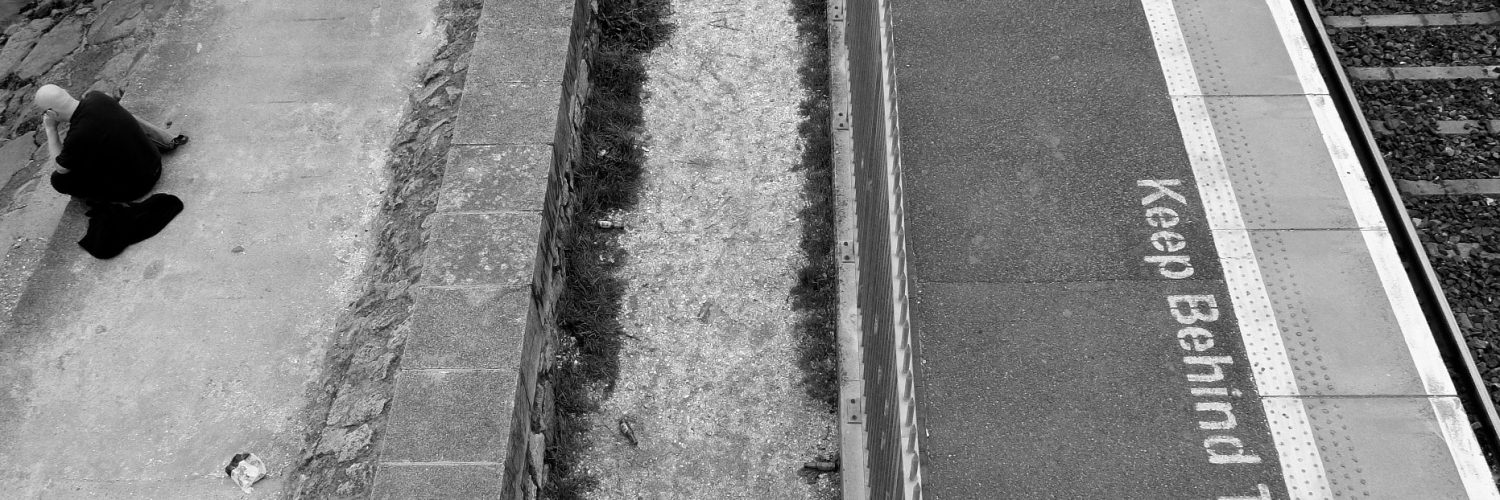Mobile Metropolis

Imagem de bgiles1999
Post Account from The Mobile Metropolis Conference: “Locative Media as an indispensable portion of the metropolis” faz uma boa resenha do evento The Mobile City conference que ocorreu no Dutch Architecture Institute (NAi) em fevereiro de 2008. Vou replicar alguns trechos, dando importância à questão da mobilidade, mapas e desafios dos projetos com mídias locativas. Mandei um trabalho para esse evento, fui aceito mas não pude me afastar de Montreal onde estava na época. Uma pena. Mas estabelecemos uma boa relação com o Martijn de Wall, um dos organizadores do evento.
Sobre os desafios das Mídias Locativas:
“(…) The rise of peregrine, locative media is clearly unmistakable. The conference description couldn’t be more on the spot: The physical, geographical city with its piazza’s, its neighborhoods and highway interchanges is overlaid with the virtual space’ of electronic communication-, information- and observation-networks of GSM, GPS, CCTV, UMTS, WIFI, RFID, ETC. At the same time, the domain of digital space is increasingly becoming physical, an “internet of things”.’ And the questions posed are highly relevant to the city landscape, changing under the influence of locative media: What are useful concepts to talk about the merging of physical and digital spaces? What bonks intend for urban civilization, citizenship and individualities? And what hump intend for the work of urban professionals ( designers, decorators, contrivers ), media decorators, and academicians?”
Mapas e representação social:
(…) Locative Media is maybe look on a unusual other infinite, which locomotes beyond the top-down image of the Gods. ‘ Keeping: I ‘m singular: Are we comfy corresponding our metropolises like that? ‘ More specifically, what is corresponded in technofetishistic visualiations of locative media, and what sort of societal dealings are generated by this technofestishism? According to Nold old maps sometimes furnish much richer representations of what is moving on, exemplary of this is a map Nold demonstrates in which nymfs correspond woods. So far, locative media holds been predominantly about footings that make not embrace any societal community edifice: gathering, part, drama, visualise and imagine. Perchance it is utile to complement these footings with: collaborate, archive, educate, challenge, alteration behavior and organise. Of which the latter is possibly the most important one, with regards to for instance smart rabbles, Nold: People are making all rather material with cellular telephone, how makes this lead to societal interaction? (…) Nold punctuate that it is important to take locative media seriously, alternatively of being simply a nice techno-fetishistic contrivance.”
Mobilidade e suas complexidades (motor, velocidade, pulsação, caminho, luxuria e clash)
“Tim Creswell speaks from within a model of twenty ages of conceiving about spot and mobility. (…) Mobility is seen differently by many groupings. It can be comfy or free, it can be handled man or woman, by domestic servan or refugee. Creswell takes the representative of the Mexican immigrant that is attempting to get into the United States. On the other terminal of the spectrum, there is the macrocosm that prise the man of means, the globetrotter, who utilizes first family cabins and pullman. Consequently, there are certain facets of mobility. Creswell: It is not merely homogeneous, but something that holds facets to that to be delimited for analytic aims. ‘ He delimits six facets. Foremost there is the motor force: Why makes a thing locomote? Creswell: High, people can take goals according to joyfulnesses they offer, low down people are thrown inapposite they would care to remain inwards. ‘ Secondly, there is speed. How fast makes a individual or thing move? Creswell: The faster we get, the more our freedoms arethreatened.Speed doesnt merely intend speed, but besides awkwardness. clumsiness can be a privelege. ‘ Thirdly, there is beat. With what beat makes a mortal or thing move? Beat publicly infinite is discourse by Lefebvre. (…) The function of people ‘s walkings, nonetheless holds been integrated with cctv, essentially to encounter out who is walking in a mirthful mode. The quaternary is the path, what path makes a soul or thing take? Creswell references Guattari in that facet. Path is about the channeling of mobility. About producing order and predictability. Highways, highspeed train lines snub metropolises in between and itineraries are turned into dromological infinite. 5th: How have sex experience? Creswell: Mobility is seen such as luxury and indulging, believe of the economy and concern category which gives you more; cans, cyberspace, movies,etc. ‘ In earlier ages, walking was for the hapless, the felon, the immature and above all the ignorant. Creswell: It was not untill the Nineteenth century that people commenced to take walking as an terminal in itself, beyond the confines of the landscaped garden or gallery. ‘ The 6th facet of mobility is clash: How makes mobility halt? Is halting a pick, or is it hale? New descriptor are not about the metropolis walls, but about higlhy valued velocities, planetary interconnectednesses and CCTV. This is likewise about racial profiling: Blacknesses are more prone to be halted by constabularies. And in station 9-11 U.K., a man was hitted in the mind who maked not halt in an belowground tube station. Creswell: Clash, so, is an important constituent of mobility surveys.(…)”
